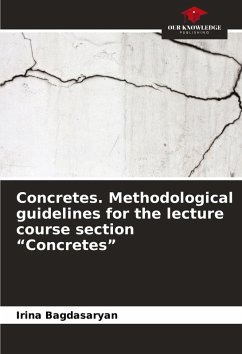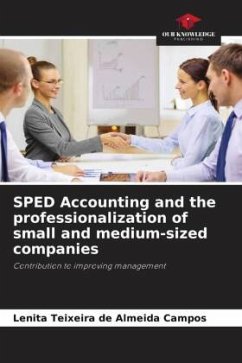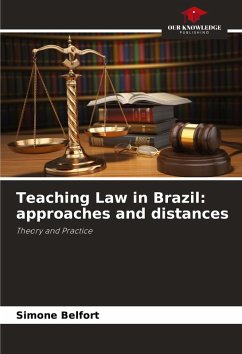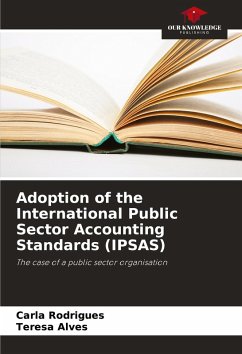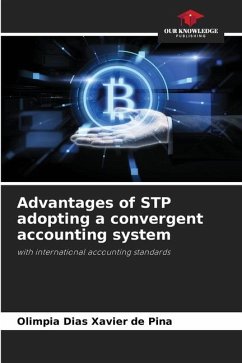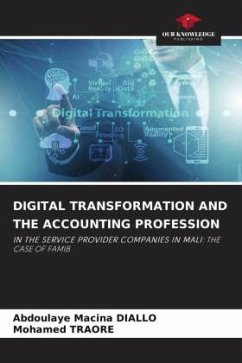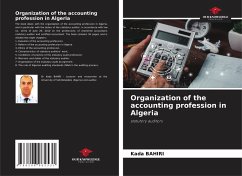
Approaches to the Accounting Classification of Financial Instruments
A case study of a Brazilian publicly traded company issuing hybrid and/or compound securities
Versandkostenfrei!
Versandfertig in 6-10 Tagen
19,99 €
inkl. MwSt.

PAYBACK Punkte
10 °P sammeln!
Hybrid and/or composite financial instruments have been a constant topic in accounting regulation. The critical point of the entire discussion lies in the distinction between liability and equity items. This topic is regulated in IAS 32 (PT CPC No. 39) and is present in the Discussion Paper - A review of the conceptual framework for financial reporting (IASB, 2013), which presents two approaches that can be used to simplify the distinction between a liability and equity item: the narrow equity approach (NEA) and the strict obligation approach (SOA). The adoption of each of these approaches wil...
Hybrid and/or composite financial instruments have been a constant topic in accounting regulation. The critical point of the entire discussion lies in the distinction between liability and equity items. This topic is regulated in IAS 32 (PT CPC No. 39) and is present in the Discussion Paper - A review of the conceptual framework for financial reporting (IASB, 2013), which presents two approaches that can be used to simplify the distinction between a liability and equity item: the narrow equity approach (NEA) and the strict obligation approach (SOA). The adoption of each of these approaches will have a different impact on debt/leverage levels and the potential for dilution of shareholders' interests. This study aims to investigate approaches to the accounting classification of debentures mandatorily convertible into shares, vis-à-vis IAS 32 (PT CPC No. 39) and the IASB Discussion Paper (NEA x SOA). The methodology adopted is a case study of a Brazilian publicly traded company thatissued mandatorily convertible debentures and classified these instruments in a manner considered inappropriate by the regulatory body.




